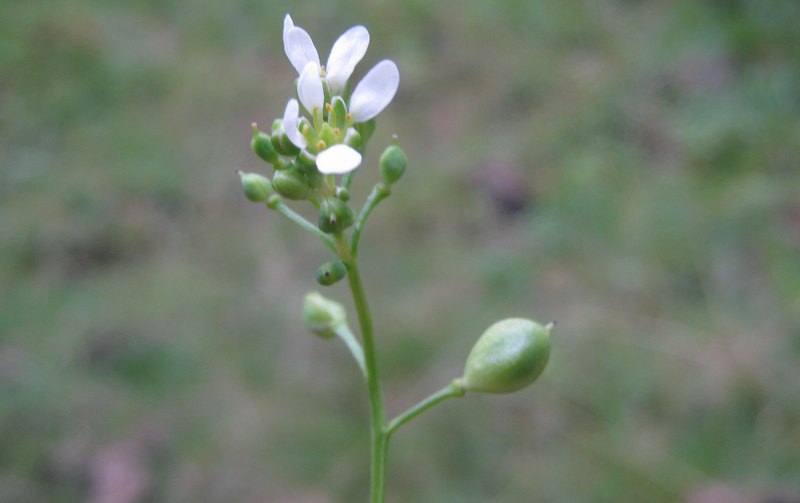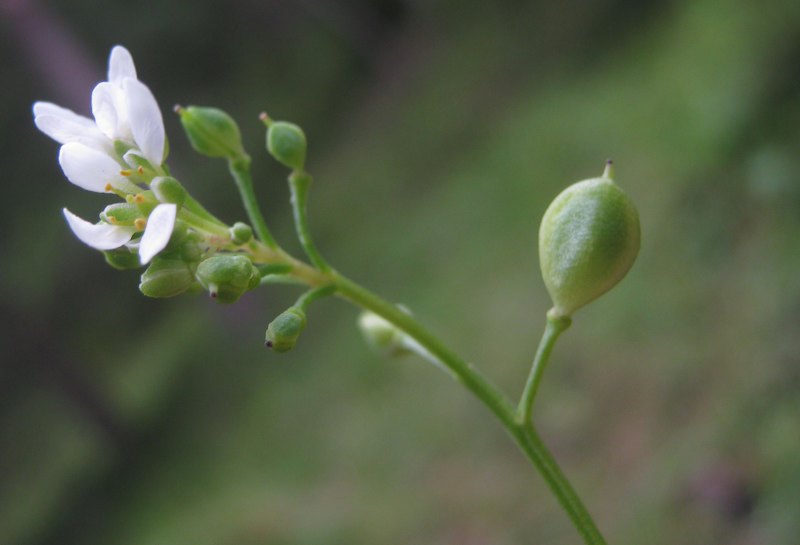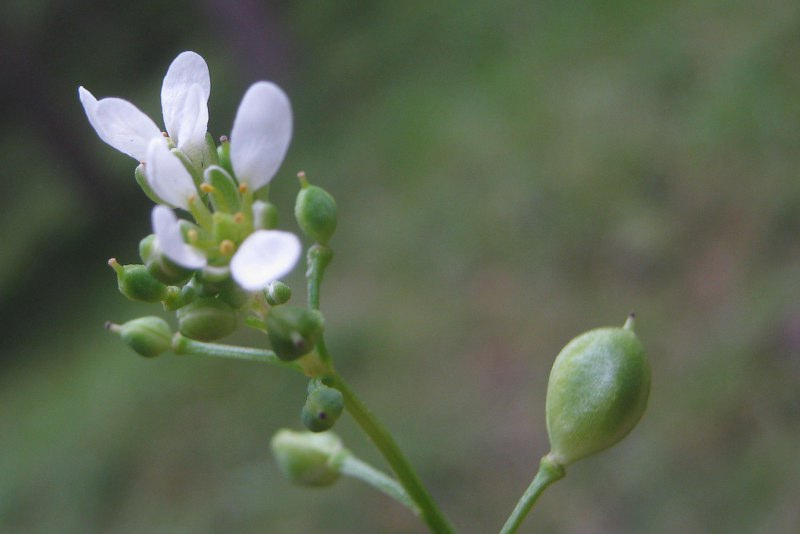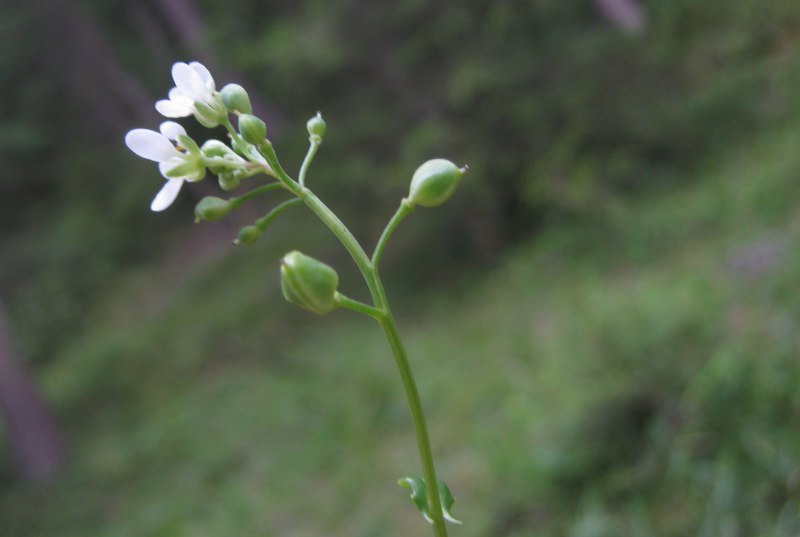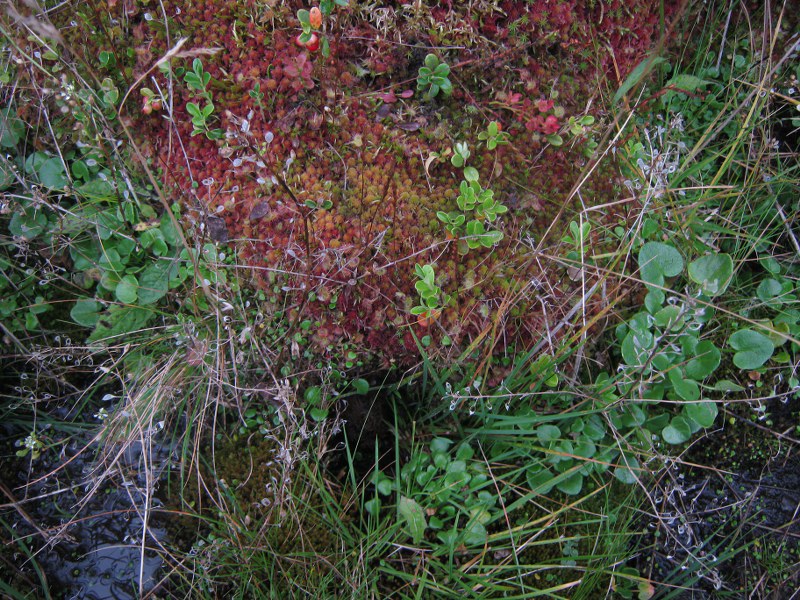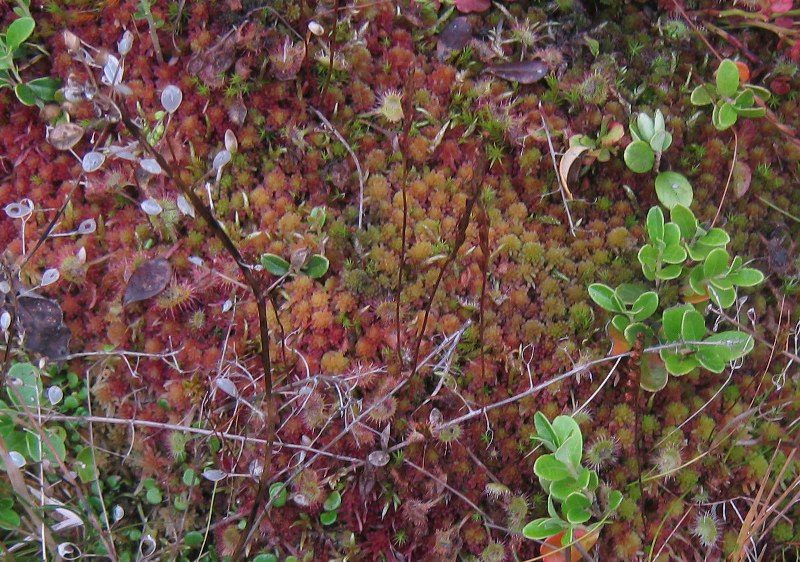home flora of romania endangered species of transylvania endangered habitats of transylvania
Cochlearia borzaeana (Coman et Nyarady) Pobedinova
|
A narrow endemic boreal cold spring plant of the northern Oriental Carpathians. Closely related to other narrow endemic species from the northern Carpathians, like Cochlearia polonica A. Frohl. and Cochlearia tatrae Borbas. This latter species has a very distinctive ecology - it does not grow like the other species around cold springs but on alpine screes (Androsacion alpinae).Interestingly enough in Ukraine the species Cochlearia officinalis L.ssp. pyrenaica (DC.) Rouy is present (see here). Our narrow endemic is well documented genetically and ecologically (see here). Fortunately the situation of its populations is quite good at this time, unlike the dramatic situation of the Polish narrow endemic Cochlearia polonica A. Frohl. which now hardly survives through some secondary, artificial populations (see here). The problems posed by the speciation processes inside this genus in the Alps are very interesting (here).According to the latest book about the flora of Romania (Sarbu, I. Stefan, N., Oprea, A. (2013)) the species has populations in Obcinele Bucovinei Mountains (Benea on Glodu Hill, Ciumarna in Poiana Calului), Tibau Mountains (Salhoi valley, at least four populations), Maramures Mountains (Borsa-Magurice 1205 m asl), Bargaului Mountains (Persa), Suhard Mountains (Poiana Suhard, Cosnita, Cosna-Vatra Dornei). Indications from the Merdional Carpathians (Lotru Mountains, Tarcu Mountains (Petreanu)) "in glareosis alpinis" sound very interesting. If they are true it may involve another narrow endemic species which does not grow in cold springs but presumably, like Cochlearia tatrae Borbas, is associated with alpine screes. Below you can see a plenty of images from two isolated populations from Obcinele Bucovinei and Tibau Mountains living in very different ecological conditions. Obcinele Bucovinei Mountains, near Benea,Suceava county, on Glodu / Rachitisu Mare Hill, in hygrophyle grasslands with Molinia coerulea and peat bog patches with Sphagnum and Drosera rotundifolia, August 2013. Unfortunately the area of the so called local natural reservation is in a pasture and the cattles frequently disturbs the population. dr. Alexandru Badarau, alexandru@transsilvanica.net
In the following two photographs the leaves of Drosera rotundifolia can clearly be seen in the Sphagnum peat bog.
The two types of phytocenoses Cochlearia borzaeana lives within at Rachitisul Mare near Benia: to the left Molinia coerulea grassland. To the right the mounds in the peat bog with Sphagnum and Drosera rotundifolia. Below, in the following three pictures, Molinietum coaeruleae with Cochlearia borzaeana
Salhoiul Mare - Zambroslavile Natural Reservation, Tibau Mountains, Maramures county, August 2013. Here the species lives in springs on limestones in Cratoneurion in very different ecological conditions than the previous population. Also the individuals are clearly larger. dr. Alexandru Badarau, alexandru@transsilvanica.net
|






